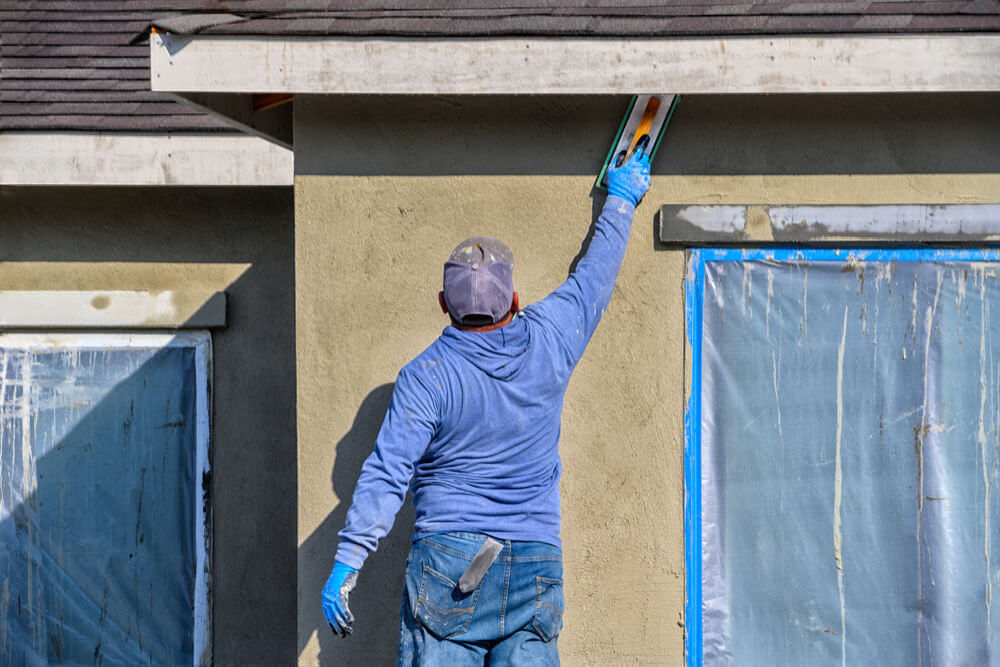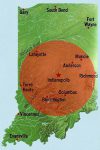
20 Jun The Difference Between Stucco and EIFS: Which System Is Right for Your Property?
When it comes to choosing an exterior finishing system for your property, two popular options are stucco and EIFS (Exterior Insulation and Finishing System). While these two systems may look similar at first glance, there are significant differences between them that will impact which one is the right choice for your property.
In this blog post, we will explore the differences between stucco and EIFS, so you can make an informed decision when selecting the exterior finishing system for your property.
Stucco
Stucco is a traditional, cement-based exterior finishing system that has been used for hundreds of years. It is made up of a cement, water, and sand mixture, which is applied to the exterior walls of a building. Once applied, the stucco is left to dry and can then be painted or textured to achieve the desired look.
Stucco has a multitude of benefits, including its durability, fire resistance, and low-maintenance nature. It is also an excellent insulator, which helps to regulate the temperature inside your property and reduce energy costs.
However, stucco does have its drawbacks. It is prone to cracking and can be difficult to repair once it has been damaged. Additionally, stucco is not very flexible, which can cause it to crack and break in areas with severe weather conditions or ground movement.
EIFS
EIFS, on the other hand, is a more modern exterior finishing system that was developed in Europe in the 1950s. EIFS is a multi-layered, synthetic system that is made up of insulation board, a base coat, a reinforcing layer, and a textured finish. The insulation board is attached to the exterior walls of a building, and the system is then covered with a base coat, reinforcing mesh, and textured finish.
EIFS has several benefits, including its energy efficiency, flexibility, and ease of installation. It is also highly customizable and offers a wide range of textures and finishes to achieve the desired look for your property.
However, EIFS does have its drawbacks as well. It can be more expensive than stucco, and the installation process is more complex. Additionally, EIFS is not as fire-resistant as stucco and can be more vulnerable to moisture damage if not properly installed.
So, which system is right for your property?
When deciding between stucco and EIFS, several factors need to be considered, including your property’s location, climate, and style.
Stucco is an excellent choice for properties located in areas with moderate climates, where there is little ground movement or extreme weather conditions. It is also an excellent choice for properties with a traditional, classic style that requires a more textured finish.
EIFS, on the other hand, is an excellent choice for properties located in areas with extreme climates, such as areas with high humidity or severe winters. It is also an excellent choice for properties with a modern or contemporary style, as the flexibility of the system allows for more unique textures and finishes.
In addition to location and style, budget is another important factor when deciding between stucco and EIFS. While stucco is generally less expensive than EIFS, the cost can vary depending on the specific materials and installation process.
Finally, it’s important to choose an experienced and reputable contractor for the installation of either stucco or EIFS. Improper installation can lead to costly repairs and maintenance down the road, so it’s essential to choose a contractor with a proven track record of successful installations.
Final Thoughts
In conclusion, both stucco and EIFS are excellent options for exterior finishing systems, each with its unique benefits and drawbacks. When selecting the right system for your property, consider factors such as location, style, budget, and contractor experience. With careful consideration, you can choose the system that will provide the best protection and aesthetic for your property.





Sorry, the comment form is closed at this time.